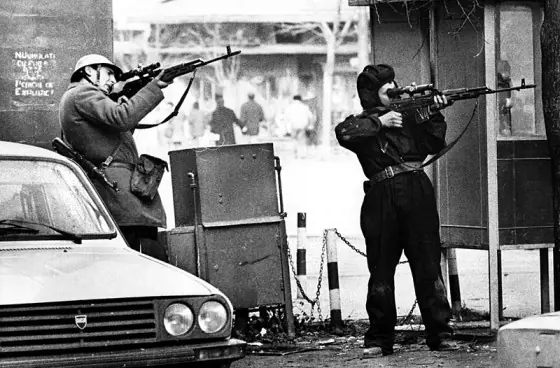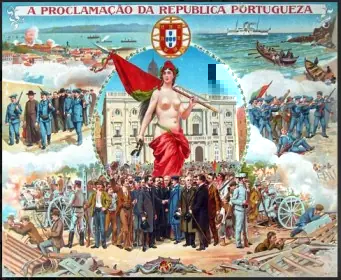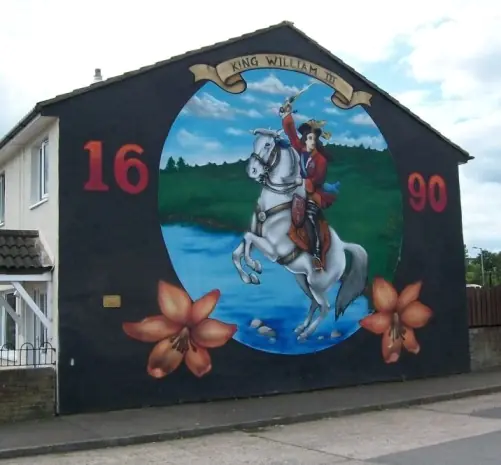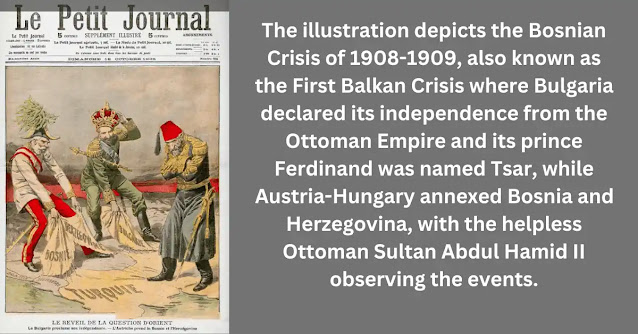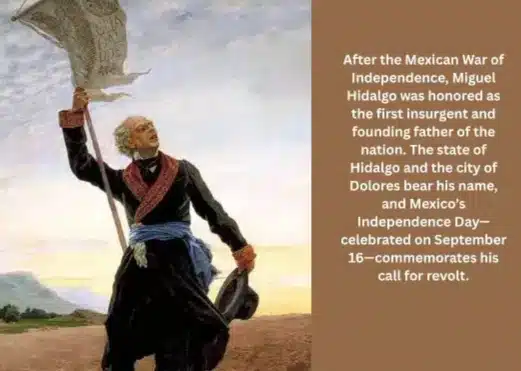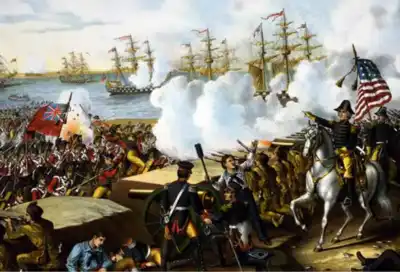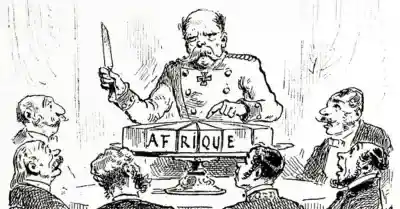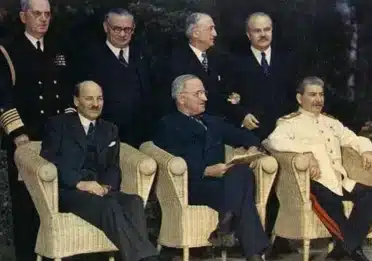From Gaul to Glory: A Tale of France’s Journey
France, situated in the heart of Western Europe, with its iconic landscapes and vibrant culture, stands as a reflection of France’s Odyssey, a captivating and complex history as a sovereign nation. Its story unfolds like a masterfully crafted portrait, each thread revealing the dynamic interplay of political, cultural, and social influences.
From its medieval beginnings to the contemporary period, France’s Odyssey unfolds as a compelling narrative, interwoven with victories, encounters, and transformative revolutions. In this exploration, we delve into the rich tapestry of its journey, tracing the footsteps of a nation that has left an indelible mark on the world stage. Discover France’s Odyssey, a tale of cultural evolution, political triumphs, and revolutionary changes that shaped its global influence.
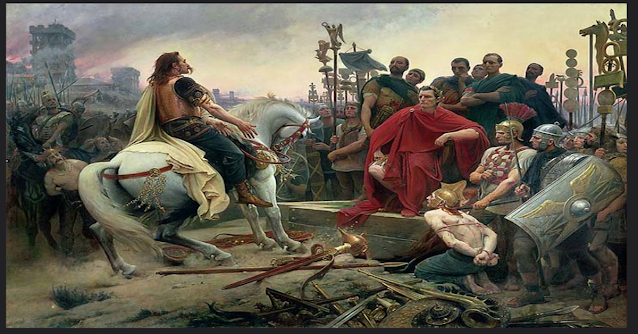 |
| Gallic Wars Vercingetorix throws down his arms at the feet of Julius Caesar |
💻 Table of Contents:
Cultural Crossroads: The Evolution of French Identity from Gaul to the Modern Day
French ethnicity is characterized by a rich tapestry of historical, linguistic, and cultural influences. The core of French ethnicity has its roots in the early inhabitants of Gaul during the Iron Age, a region in Western Europe that was inhabited by Celtic Tribes. The Celts were an Indo-European people who spread across much of Western Europe during this period.
The term “Gallic” is often used in reference to the Celtic inhabitants of ancient Gaul, which corresponds to modern-day France. The Celts in Gaul had a distinctive culture, with a social structure organized around tribal affiliations. They engaged in agriculture, metalwork, and trade, and their society was characterized by a warrior aristocracy.
In the 1st century BCE, Julius Caesar led the Roman forces in the Gallic Wars, which ultimately resulted in the conquest of Gaul by the Romans. The most notable Gallic leader during this time was Vercingetorix, who united several tribes in a rebellion against the Roman forces but was eventually defeated. Over time, the Roman Empire applied a significant influence on the area, contributing to the incorporation of Gallic and Roman cultures.
Following the fall of the Roman Empire, Gaul experienced a series of invasions and migrations by Germanic tribes, such as the Visigoths, Burgundians, and Franks. The Franks, led by figures like Clovis I, eventually established the Frankish Kingdom, which laid the groundwork for the development of medieval France. The medieval period witnessed the emergence of the French
people as a distinct ethnic group, with the establishment of the Capetian dynasty and the gradual union of a centralized monarchy.
 |
| Celtic Warriors |
French identity is closely tied to the French language, a Romance language descended from Latin. In the modern era, French identity has advanced to embrace a multicultural and wide-ranging viewpoint. France is home to a diverse population that includes people of various ethnic backgrounds, reflecting its colonial history and immigration patterns. French citizenship is not solely based on ethnic criteria but encompasses individuals who share a commitment to the values of the French Republic.
In summary, French ethnicity is a dynamic blend of Celtic, Gallic, Roman, and later, Germanic influences. The French people have forged a distinctive identity rooted in their language, history, and culture, and this identity continues to develop in the context of modern multicultural France.
The Medieval Period: Building of a Unified France & the Hundred Years’ War
The Capetian dynasty, which ruled France from the 10th to the 14th century, played a significant role in shaping the country’s history. They worked to centralize royal authority and expand their territories, gradually establishing a more unified kingdom. Under notable rulers like Philip Augustus, the Capetians successfully conducted military campaigns and strengthened the administrative structures of France.
However, during the 14th century, the Capetians faced a major challenge in the form of the Hundred Years’ War (1337-1453). This prolonged conflict between England and France over territorial claims had a profound impact on both nations. The war was marked by key battles and turning points, including the involvement of Joan of Arc, a peasant girl who inspired the French army and contributed to French victories.
💻 Table of Contents:
The Hundred Years’ War had significant consequences for France that fostered a sense of national identity and unity, reinforcing the authority of the monarchy and centralizing power. The conflict also influenced military strategies and contributed to the decline of feudalism, paving the way for more centralized nation-states in Europe.
 |
| Joan of Arc |
While the Capetian dynasty faced challenges during the war, their legacy endured. They left a lasting imprint on France’s political and administrative structures, contributing to the emergence of a distinct French identity. The Capetians’ rule and their response to the Hundred Years’ War played a crucial role in shaping the historical narrative of France.
Dynastic Shifts: The Valois and Bourbon Dynasties in France
After the fall of the Capetian dynasty, France witnessed the rise of two significant dynasties: the Valois dynasty and the Bourbon dynasty. The Valois dynasty, which reigned from 1328 to 1589, struggled to maintain the stability and territorial integrity of the kingdom. They faced challenges such as the Hundred Years’ War with England, internal conflicts, and the Black Death. While some Valois rulers, like Charles V, implemented reforms and reclaimed French territories, the dynasty overall faced political instability and division.
The Valois dynasty also grappled with religious tensions, particularly during the Protestant Reformation. The spread of Protestant ideas and subsequent Wars of Religion further destabilized France, leading to internal conflicts and bloodshed. The Valois dynasty came to an end with the death of Henry III in 1589. The succession crisis that followed led to the rise of the Bourbon dynasty.
The Bourbon dynasty, which began with Henry IV, marked a new era in French history. Henry IV, known as “Good King Henry,” brought stability and reconciliation to France by issuing the Edict of Nantes in 1598. This edict granted religious freedom to Protestants and sought to end the religious conflicts that had plagued the kingdom.
 |
| Map of Europe |
Under the Bourbon dynasty, France experienced a period of relative peace and prosperity. The Bourbon monarchs centralized power, strengthened the monarchy, and implemented administrative reforms. Notable Bourbon rulers, such as Louis XIV, also known as the “Sun King,” expanded French influence abroad and fostered the arts and culture, making France a
European powerhouse.
However, the Bourbon dynasty faced challenges of its own, including conflicts with other European powers, financial strains, and growing discontent among the French populace. These factors eventually led to the French Revolution in 1789, which marked the end of the Bourbon dynasty.
The Age of Enlightenment and Revolutionary Winds:
The 18th century was a time when people started to think differently and question the old ways of doing things. This period, known as the Age of Enlightenment, was all about new ideas and learning. Enlightenment ideals, coupled with economic grievances and social inequality, sowed the seeds of revolution. The French Revolution erupted in 1789, fueled by an enthusiastic desire for liberty, equality, and society.
The revolution led to the overthrow of the monarchy, the rise of radical political factions, and the eventual ascent of Napoleon Bonaparte. Napoleon’s military dexterity expanded French influence across Europe, but his ambitions were stopped by defeat at Waterloo in 1815. The restoration of the Bourbon monarchy followed, but the revolutionary ideals persisted, shaping the political landscape of modern France.
The Birth of the French Republic:
The 19th century witnessed a tumultuous journey toward republicanism. The July Revolution of 1830 and the February Revolution of 1848 marked critical junctures in this transformative process. The establishment of the Third Republic in 1870 solidified France’s commitment to democratic principles, despite facing challenges such as the Franco-Prussian War.
 |
| Glory of the French Republic |
World Wars and the Modern Era:
The 20th century was troubled with the scratches of two devastating World Wars. France, a key player in both conflicts, experienced immense loss and upheaval. The interwar period saw political instability, economic challenges, and the rise of fascist ideologies.
During World War II, France fell under German occupation, leading to a period of collaboration and resistance. The Allied liberation in 1944 marked a pivotal moment in French history, reaffirming the nation’s commitment to freedom and democracy. Post-war France witnessed decolonization, economic recovery, and the emergence of the European Union. The latter half of the 20th century saw social and cultural transformations, with movements such as May 1968 challenging established standards.
Conclusion:
France’s captivating and complex history has shaped it into a nation of immense cultural significance. From its Celtic and Gallic origins to the rise of the Capetian, Valois, and Bourbon dynasties, and the turbulent periods of the French Revolution and World Wars, France has navigated a path of triumphs, challenges, and transformation. Its journey from Gaul to the modern day is a testament to the resilience, creativity, and enduring spirit of the French people.
Frequently Asked Questions
French ethnicity is rooted in the early inhabitants of Gaul during the Iron Age, primarily the Celtic Tribes, who were an Indo-European people spread across Western Europe.
The Roman forces, led by Julius Caesar, won the Gallic Wars in the 1st century BCE, resulting in the Roman conquest of Gaul.
The Hundred Years' War lasted from 1337 to 1453, a prolonged conflict between England and France over territorial claims.
Joan of Arc was a peasant girl who inspired the French army and contributed to French victories during the Hundred Years' War. What is French by ethnicity?
Who won the Gallic Wars?
How long did the 100 Years' War last?
What was Joan of Arc famous for?
The Bourbon dynasty was founded by Henry IV, known as “Good King Henry,” who brought stability to France and issued the Edict of Nantes in 1598, granting religious freedom to Protestants. Who was the founder of the Bourbon dynasty?

